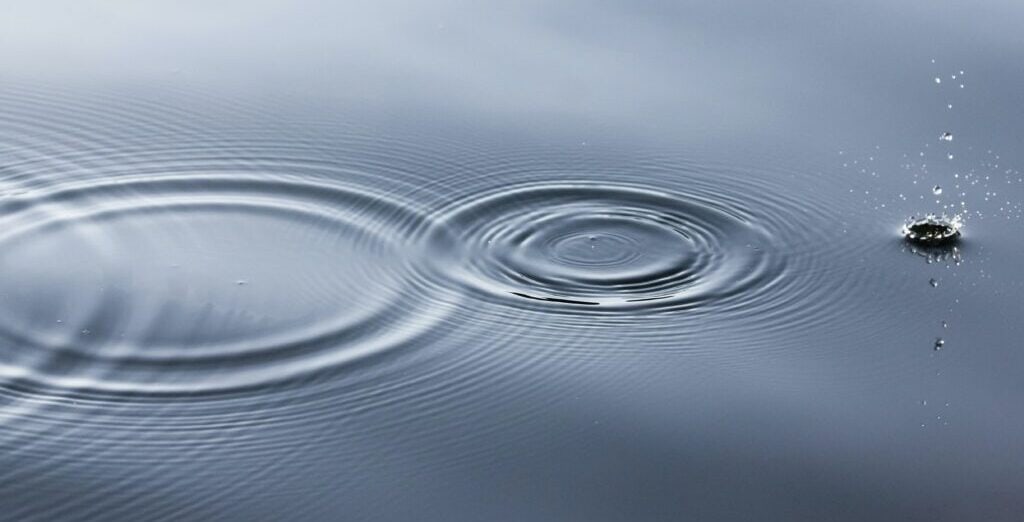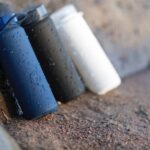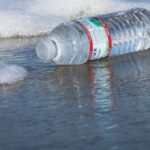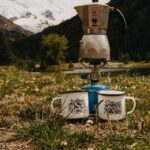Adventures deep into the wild can be brutal. From the unforgiving climate to the unpredictability of creatures, things can take a wrong turn quickly if you don’t have the right resources.
Apart from some essential survival tools, securing a good source of freshwater is your first point of call.
With good drinking water, your chances of survival in the wild are relatively high.
Unfortunately, your location may have a limited supply of fresh water. Hence, you’d need to find ways to purify whatever water you have at your disposal. Learning how to purify water is an important skill every outdoor enthusiast to have. This article will look at how to purify water in the wild.
Reasons for Purifying Water in the Wild
If you want to survive the wild for long without falling ill or worse, you need to purify whatever water you deem appropriate to put into your body.
While some ponds may contain visibly clean water, they may still hold harmful pathogens and contaminants.
In addition, purification processes help eliminate particles and unwanted bodies that could make drinking water unpleasant.
In general, you are looking for ways to ensure you have clean water for the duration of your stay in the wild.
Lastly, it is crucial to understand that the processes of purifying and filtering water are different.
Water purification involves the addition of foreign purification agents (UV light, chemicals, or purification tablets) to water to kill viruses and other pathogens.
On the other hand, filtration involves passing water through a filtration device to remove visible contaminants and other bacteria that could cause illnesses. Based on practice, filtration devices always come with a sieve-like apparatus to retain impurities while clean water passes through unhindered.
While filtration may help rid water of impurities, it does not remove super tiny microbes and viruses that can still cause you harm.
As a result, you may need to employ processes to ensure you have safe drinkable water.
Simple Ways to Purify Water in the Wild
Except if you go along with a truckload of clean water, there’s very little chance you’d find ready-to-drink portable water in the wild. There’s a higher chance you’d find brackish or salty water.
However, with some of the processes below, you can turn impure water you find in the wild into safe drinkable water.
-
Boiling
We’ll start with the basic water purification system called boiling. It has been in use since the stone age and is still relevant. If you get trapped in the wild without access to modern equipment and purification agents, boiling may be your only way to purify water.
However, you need to know how to start a fire to start the boiling process. Unfortunately, boiling does purify water completely. Some microbes will survive the rolling boil and still get into your system when you drink the water. But boiling is still a fast purification process you turn to in desperate survival situations.
To begin, you need to get a fire going; find out how to do so here. Next, you need to find some container to hold water while it gets heated over the fire you’ve set. Finally, you are ready to go if you have a coffee pot or a steel container.
Place the water over the flame and let it heat until it reaches a visible boiling point. You do not stop boiling at this point because some microbes can survive some high boiling points.
Allow the water to boil for some extra minutes before bringing it down from the fire and leaving it to cool. This process is very especially for people that find themselves on elevated grounds.
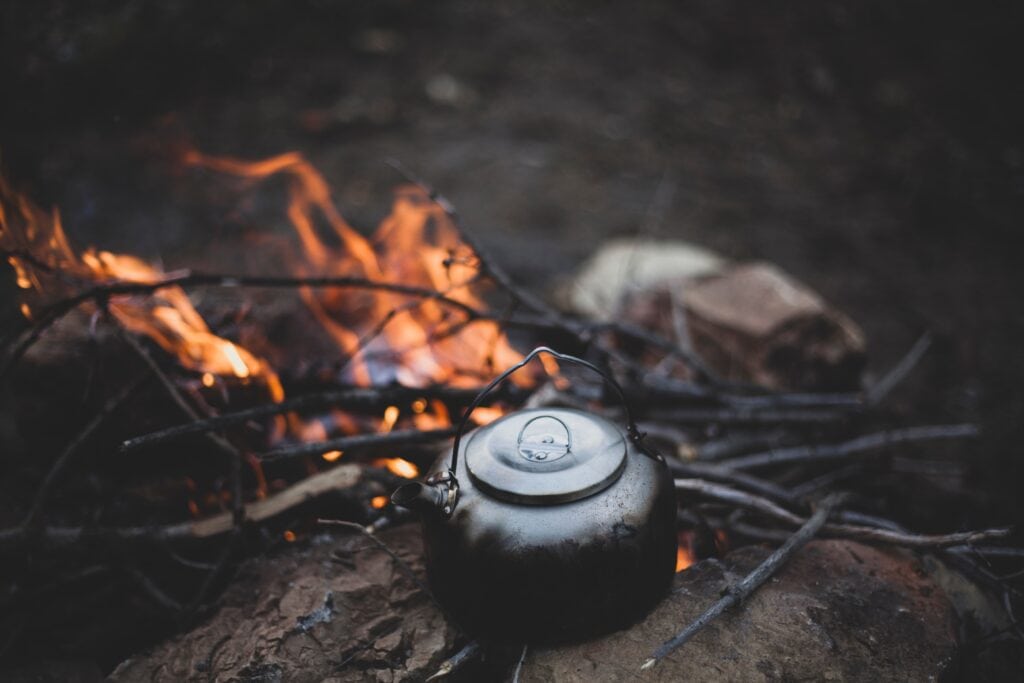
-
Chemical Purification
Chlorine or Iodine
If you’ve come to the wild prepared with the right equipment, you should try purifying your water with designated chemicals like chlorine or iodine. These two purification agents can kill most pathogens in water when applied in the correct dosages.
However, any mistake in the dosage can trigger catastrophic consequences. So you need to know precisely what you are doing if you want to purify water using chemicals like iodine.
If you have never purified water with chlorine and iodine, check here to learn how to perform accurate measurements.
Treatment Tablets
However, if you aren’t sure about your skills, you can use treatment tablets like chlorine dioxide, sodium dichloroisocyanurate, or potable aqua’s iodine tablets.
They are safer and easier to use since they come with pre-measured amounts of treatment agents. Also, they are more effective against giardia than regular chlorine tabs.
They may not be effective against contaminants like cryptosporidium, but that’s not a problem since this pathogen species is not so common in water bodies.
Bear in mind that using water treatment tablets is a challenging fix; sometimes, you may have to wait for up to 30 mins if the water has a high temperature of up 68 degrees Celsius. However, you can let it stay for longer in situations where you have cloudy water.
If you wish to hasten the process, add heat to the water container. Heat acts as a catalyst for chemical reactions. Hence it will hasten the purification process.
When you set out to go into the wild, ensure you take new tablets with you because they tend to lose potency when they go stale. Also, fresher tablets work faster.
Once you complete the process, ensure you aerate the water by pouring it back and forth using two different cups. This action will help stop a potential bitter aftertaste that the water may produce in your mouth.
-
Purification With Ultraviolet Light (Solar Water Disinfection)
Many people living close to river bodies of fresh water have long relied on ultraviolet light to purify water-borne microorganisms. Similarly, lots of people have found these lights helpful at different points of need in the wilderness.
To get going, all you have to do is to insert the bulb into the container of water and activate the light. Within a minute or so, the UV light goes off to indicate that the water is clean and free from microbes.
While UV lights will kill microbes and viruses, they do not affect sediment and other impurities. They also wouldn’t turn cloudy water into clear water. So, there’s a limit to what they can purify. Lastly, you can’t use UV light to filter a large body of water; at best, you can purify 1 liter of water at a go.
-
Water Filtration
Another viable method for water purification is through commercial filters. They come in different varieties, forms, and sizes. The standard working technique involves passing water through a filter (ceramic, charcoal, or activated carbon filter element). The water filters out before it is chemically treated.
It is common to find filtration devices with a hose that connects the water source to the filter. Then, another hose runs from the filter to convey clean water to another clean container or water bottle.
When using this type of filtration device, it is vital to keep the connecting hoses separate to avoid cross-contamination. One way to do this successfully is to store hoses in different bags so the contaminated hose does not come in contact with the clean one.
Using a filtration device is your best bet if you always want to drink flavorless water while exploring the wild. In addition, this device is also suitable for the removal of dirt and brown coloration from water.
However, you must be careful as the filter can quickly get clogged up with dirt and other impurities. Some of these filters are reusable, so you can clean them and use them again; others may need an outright replacement. Nevertheless, if you can afford this device, it is a handy tool to take with you on your adventures.
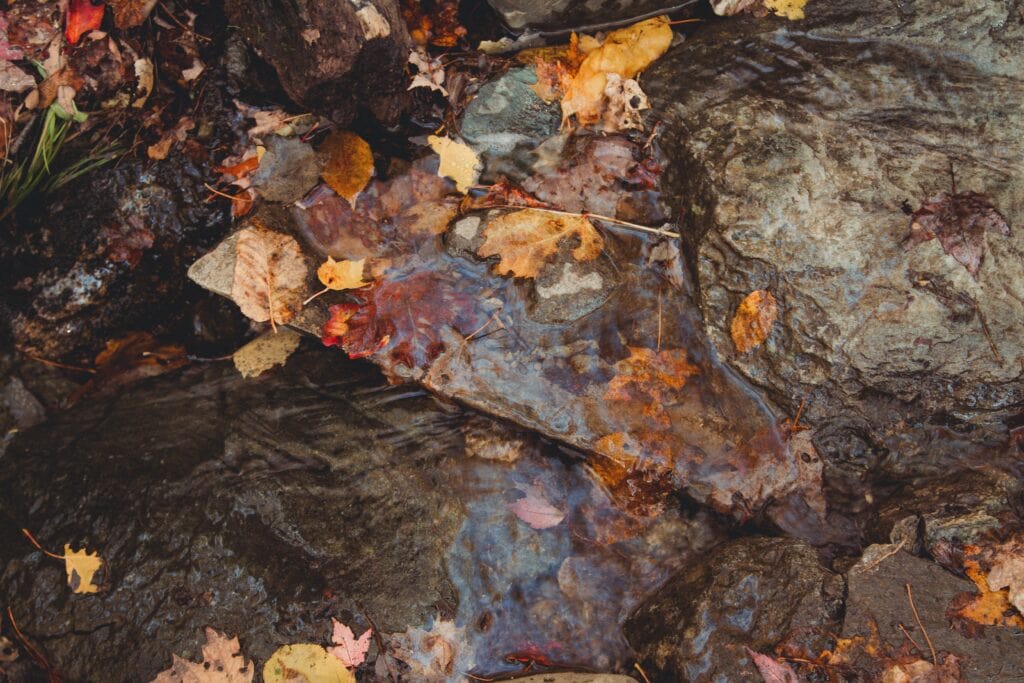
-
Non-conventional Purification Technique
Most adventures into the wild are pre-planned events. However, a few instances could quickly turn bad, and you begin to scrap for survival in the middle of nowhere.
In situations like this, you’d need all the help you can get, including primitive water purification techniques to help you produce water for survival. You’ll also find a water bottle survival kit handy.
One such technique is primitive filtration. Here, all you need is soil or coarse sand in the best-case scenario; find a way to rinse the water through the sand till you get clean water that’s at least manageable if you want to go through this route.
First, you must find an appropriate water container (a plastic or metal bottle, a coffee can, or a stainless pot or cup). You’ll need this to trap water when it evaporates. Other implements you’ll need include stick equipment to dig the ground with, a pebble to attract condensation, and a translucent plastic to cover the excavated hole. Lastly, you’ll need organic material to fit near your container once you’ve inserted it into the hole. Organic materials like moss plants will do just fine.
Primitive Filtration: Step-By-Step Guide
- Next, dig the hole. Find an isolated place with moist soil that also gets considerable sunlight. For the most appropriate area and drill a hole there. Ensure the sides are even and straight so you won’t have difficulty inserting your container.
- Now, place your container in the hole right at the center. Block the gaps by the side with organic moss plants that you can find around. This moss plant will help attract moisture and further enhance the process of evaporation.
- Seal up the hole’s opening with the plastic you got earlier. Doing this will ensure the water evaporation from the container is limited to the barest minimum. However, ensure the plastic is translucent enough to allow light to pass through. Next, place mini rocks at the plastic’s perimeters to secure the plastic cover. With this arrangement, you’d have a mini greenhouse thanks to the water trapped inside the setup.
- Next up, place the peddle on top of the plastic to create a dent or slanted surface that will trap evaporated water. This water will collect inside the plastic and drip slowly into the container.
- When you’ve collected enough water, remove the container and get it ready for filtration. A glass container will work well in this scenario.
- Lastly, if you have a filtration device, pass the water through to remove unwanted particles that may have entered the water when it was in the hole. You can use the primitive filtration technique described earlier with the sand if you have collected a large quantity of water. Store the filtered water in a clean bottle to ensure protection from impurities.
Top Factors to Consider When Gathering Water in Wild
Before you consider collecting water from a particular location in the wild, consider the following factors:
Source
One of the most significant factors to consider when looking for water in the wood is its source. You want to avoid taking water from stagnant sources (stagnant water is usually the best habitat for microbes).
Instead, consider taking water from freshwater sources like flowing streams and rivers. Gather water from high elevations that are very close to the source. You should also avoid collecting water from animal grazing sites. As we know, animals are good hosts for microbes and diseases.
Color
Clearwater doesn’t always mean clean water. However, cold or cloudy water or the presence of visible contaminants is an indication of microbial contamination. You also want to avoid water covered with algae or oily parchments.
A strong odor also indicates that the water in view is not fit for drinking. To confirm the state of the water you have, you can fetch a container full and let it stay for a while to see if sediments settle at the bottom.
Animal Settlements
If you find animals graciously drinking from a body of water, chances are that this body of water is safer for drinking. But look out for dead animals and waste materials floating on the water.
They indicate the presence of dangerous microbes, including bacteria and viruses. Also, avoid streams or bodies of water where beavers live. They are known as spreaders of giardia.
Illustrating Effective Water Purification Techniques.
As you consider the various factors and techniques for purifying water in the wild, it’s helpful to visualize the key information at a glance. Take a look at the following infographic, summarizing the top techniques for water purification, before we conclude our discussion.
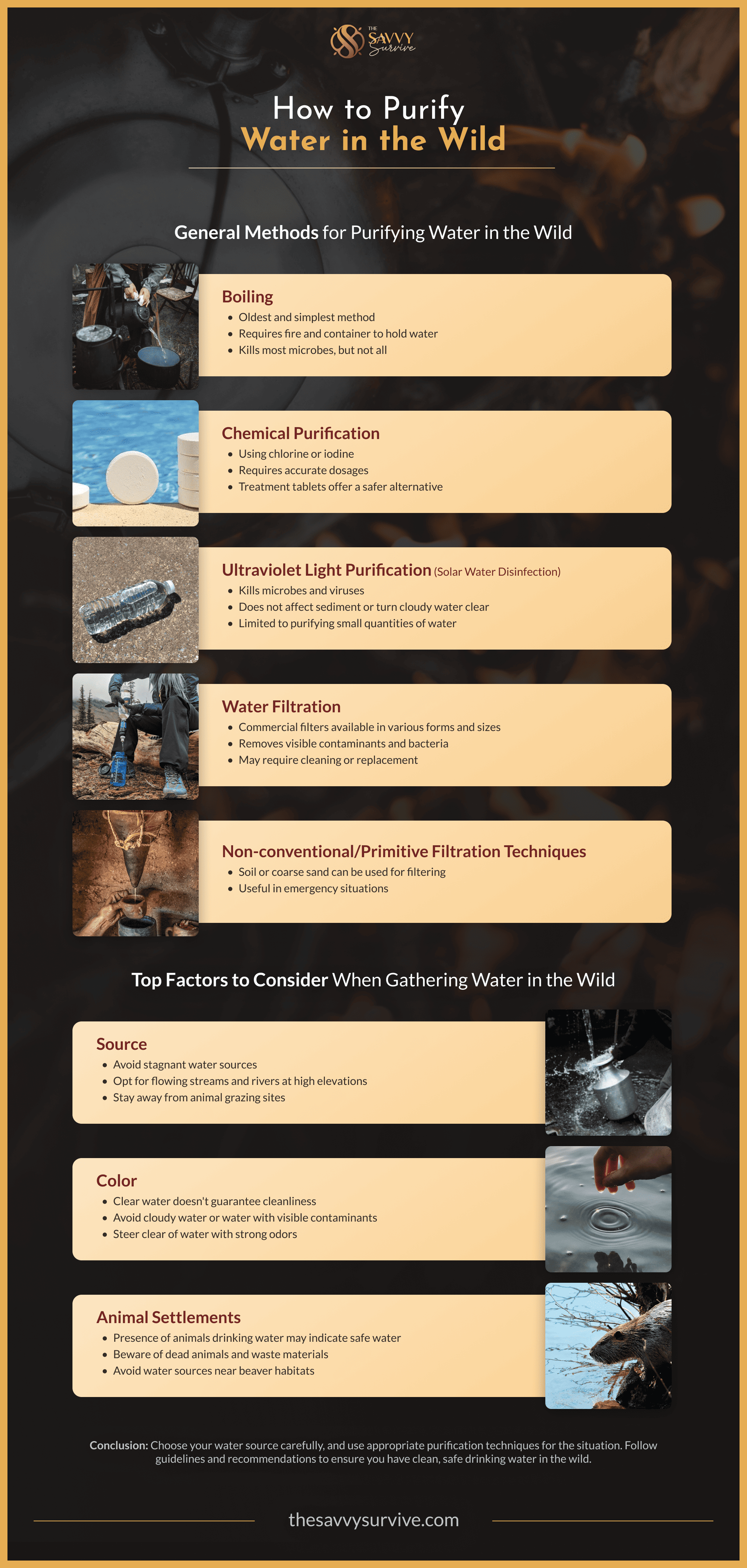
Conclusion
Besides knowing how to purify water in the wild, you must be cautious and work with common sense most of the time. Choose your source of water carefully. If you are in a park with guards, do well to ask them about the types of water available in the park.
Or you can follow the recommendations in the guide above; check to see if the surrounding plants are healthy or if there are dead animals around that may contaminate the water.
Also, avoid taking cold or murky water from stagnant water bodies because they will most likely be contaminated.
With a good knowledge of your terrain, you will be in the best position to choose the most appropriate purification technique for the water you have at your disposal.

